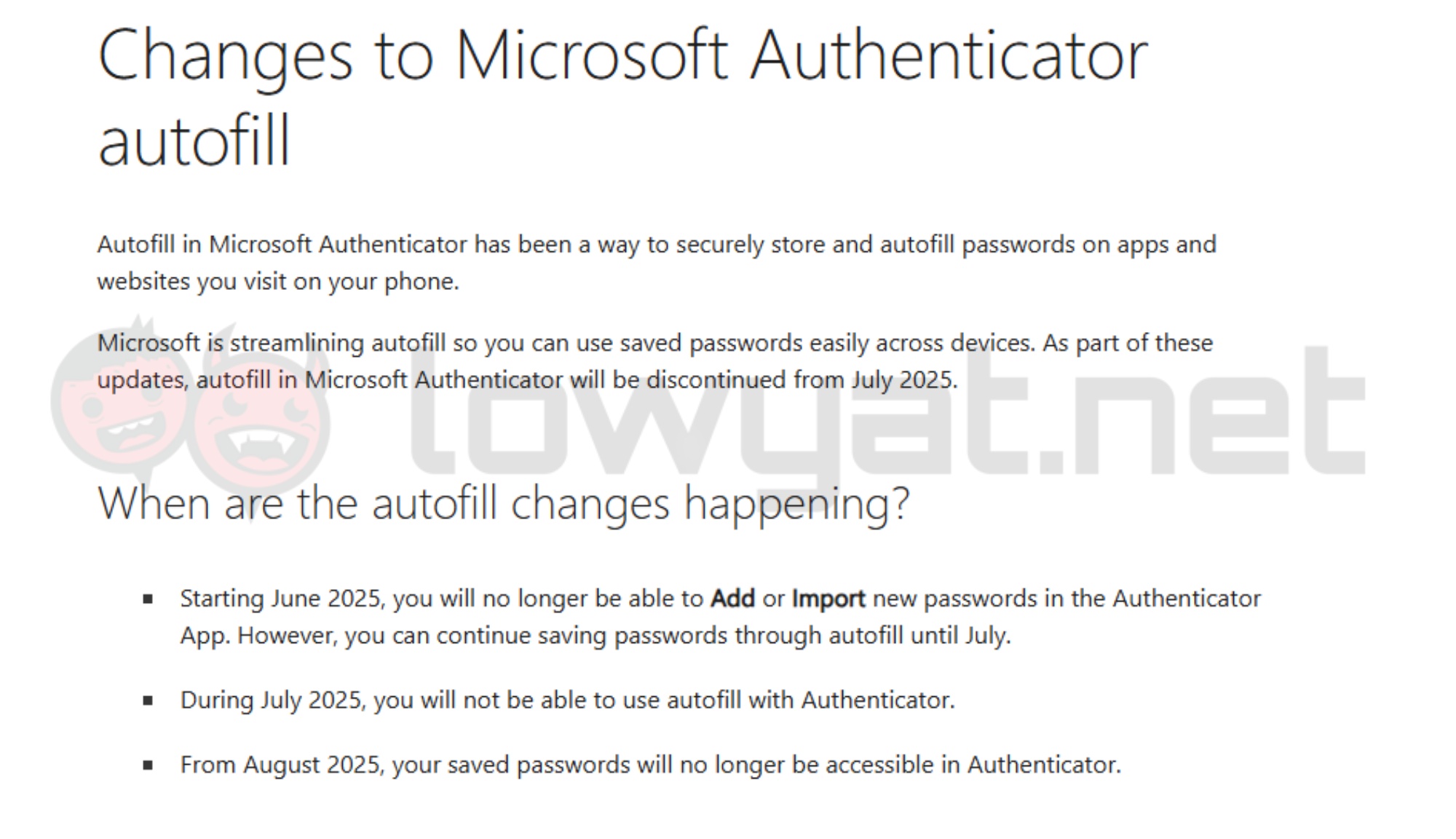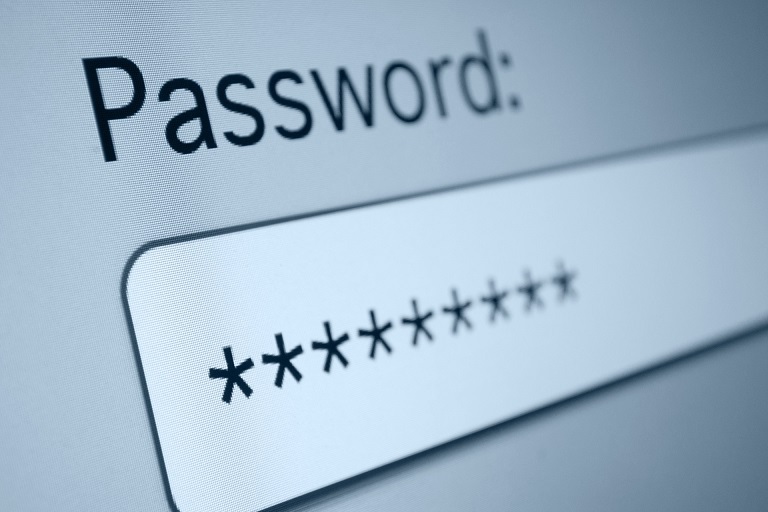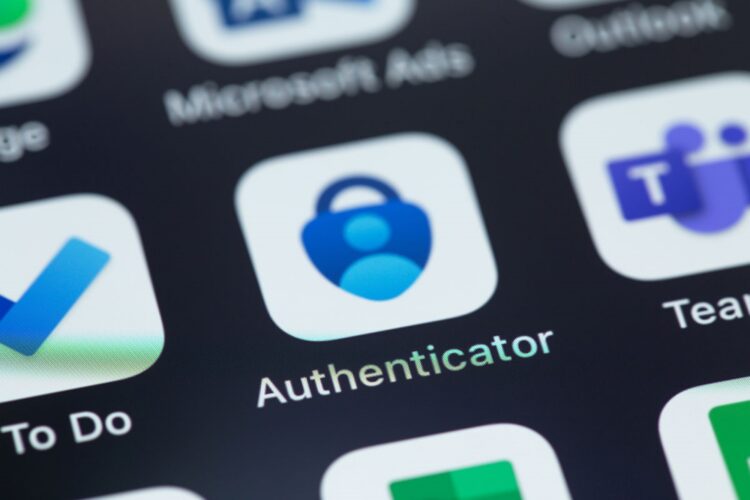First announced in May this year, Microsoft is in the midst of phasing out the password autofill function from its Authenticator app, with permanent removal scheduled for 1 August 2025. With just over a month remaining, users are encouraged to review their stored credentials and take appropriate action to avoid losing access.
Originally introduced in December 2020, the password autofill feature in Microsoft Authenticator offered users a convenient way to manage login details across apps and websites. Its upcoming retirement is part of the company’s effort to shift all autofill and credential management features to its first-party Edge browser.
The phase-out is being rolled out in stages. Since June, users have no longer been able to add or import new passwords into the Authenticator app, though previously saved credentials remain usable for now. In July, the autofill feature will cease functioning entirely, and any stored payment information will be deleted from mobile devices. By 1 August, all saved passwords (as well as any generated but unsaved passwords) will become inaccessible within the app.

As mentioned earlier, Microsoft recommends migrating credentials to Edge, which now acts as its central platform for password and address management. According to the company, passwords and addresses saved in Authenticator are securely synced to users’ Microsoft accounts and will remain accessible via the first-party web browser, provided users are signed in with the same account.
On mobile, setting up Edge as the autofill provider requires a few extra steps. iPhone users will need to go to Settings, then Passwords, and select Microsoft Edge under Autofill Passwords. On Android devices, users should go to Settings, then System, followed by Languages & input, and choose Microsoft Edge under the Autofill service.

Once configured, stored passwords can be accessed and managed through the browser under Settings > Passwords. Edge also includes additional tools like Password Monitor and Microsoft Defender SmartScreen to enhance security and help detect compromised credentials.
For those who prefer not to use the first-party web browser, Microsoft allows manual export of credentials from the Authenticator app. Exported data must then be saved to another password manager, such as Apple’s iCloud Keychain or Google Password Manager, before the 1 August deadline. It’s important to note that payment details will not be included in the export and must be re-entered manually for security reasons.

Microsoft has also confirmed that Passkey functionality within the Authenticator app will remain unaffected by the changes. Users who rely on this approach for logging into their Microsoft accounts must keep the Authenticator app installed and active, as disabling it will also deactivate linked Passkeys. The company has been increasingly promoting this verification method as a phishing-resistant alternative to passwords.
To avoid permanent data loss, users are strongly advised to act before the deprecation deadline. The export function in Microsoft Authenticator can be accessed by navigating to Settings, then Autofill, and selecting Export Passwords.
(Source: Microsoft [official support page])


